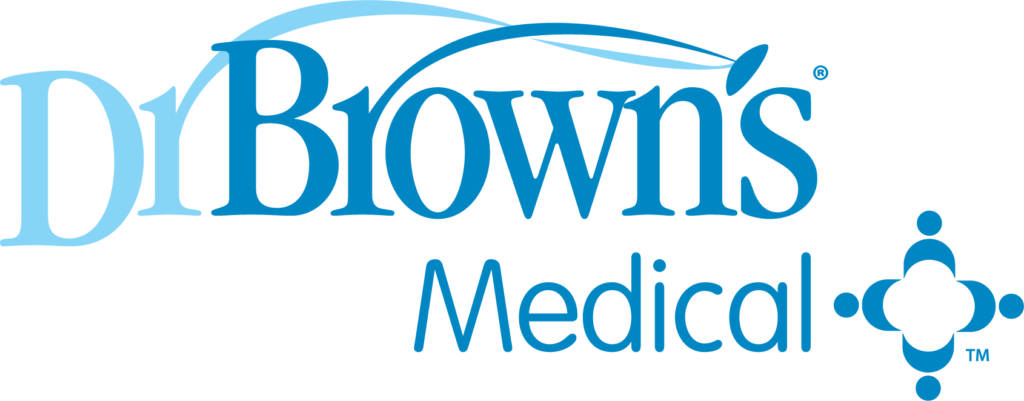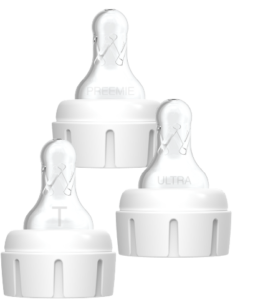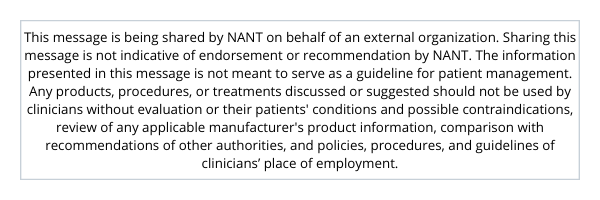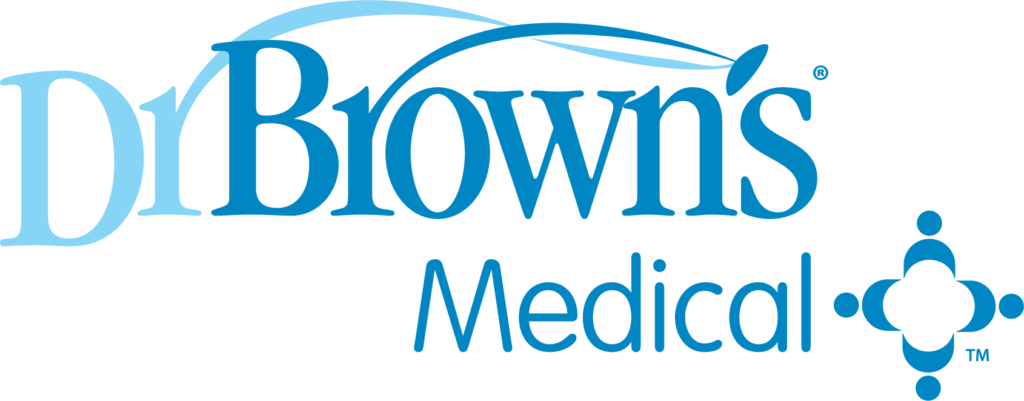
The concept of infant feeding and the ease in which expectant parents often predict this process to go is often a very different reality for the NICU baby. Furthermore, the progression of feeding skills is often a stressful topic and a time of learning for all new infants and parents. Infant feeding, as a developmental task, is one the human race has typically taken for granted. From thoughts of conception, pregnancy, then birth; most parents believe infant feeding to be the “easy part”, because “breastfeeding is natural and instinctive” and “bottle feeding is automatic”, right?! As feeding therapists we know this statement to be loaded with all the layers of an onion! We know the dynamic interaction of multiple systems with the coordination among sucking, swallowing, and breathing at the heart of the approach merge to support early feeding development. (1) We have a training that allows us to assess readiness cues, infant signs of stress, energy level, tone fluctuation, and how to support the infant through a positive practice experience. But how do we adequately train parents in this skill? How do we equip them with the knowledge that has taken us years of training and experience, and we still question our own “best practices” at times? Developing the parental role in the confidence of providing care in feeding and enhancing parent intuition for the decision-making journey that awaits, could quite be the most valuable role the feeding therapist is charged with fulfilling.
With regards to feeding tools, there is no perfect bottle or flow rate that is ideal for all babies. Each tiny human has his/her own strengths and weaknesses in oral motor function, just as each mother has her own anatomy, milk supply, and maternal flow rate. Infant feeding is a puzzle, and the parts can all magically come together when we know what the big picture should look like! Thankfully, we can have a large “tool box” of resources to find that “just right” fit for each dynamic feeding experience. When learning a new skill, it is intuitive to “start slow”. Where some learned to drive for the first time on the freeway, most started in a parking lot, with a controlled environment for reduced risk of injury. Some drivers stay in that parking lot for dozens of lessons, where others cruise the streets in lesson one. For the NICU baby, it may be beneficial for the infant’s first feedings to be in the parking lot, with the slowest flow rate that matches the ease of suck-swallow-breathe coordination for maximization of quality and pleasure in the feeding.(2,3) The intuition of needing a slow start in infant feeding is paired with natural progression of lactation and the starting block of maternal flow rate. To achieve a milk ejection reflex, most mothers need many gentle sucks prior to milk flow increasing; resulting in beautiful transition of non-nutritive suck to active sucks with audible swallows. (4)
One of our responsibilities as feeding therapists is to know the ‘whys’ behind our feeding tools AND our practices as well as the benefits they offer. Feeding is a partnership and it’s important as feeding therapists we explain why we are choosing specific “tools”. In 2020 Dr. Brown’s Medical surveyed over 300 former NICU parents who were provided a Dr. Brown’s® Bottle System to feed their infants, and not surprisingly, 51% reported they did not feel informed adequately why this bottle was chosen for their little one. (Survey Monkey, Dr. Brown’s Medical, 2020)
Knowing the “WHY “can build buy-in from staff and help carryover with parents by attaining consistent messaging. Confidence may be built in consistency. When studies look at parents’ experiences with feeding, feeding interventions have been negative, leading to feelings of ‘frustration, degradation, and disruption of parent-infant bonding.” (5) The most common difficulty encountered was inconsistency with information given by staff.
“There were too many nurses with too many different ways to try to get you to do it. And you’d try really hard with the way that one nurse would do it and then you’d come back for your next feed, and it would be a different shift and there’d be a different nurse and they’d say, ‘Oh no no no no, don’t you know you’re holding her wrong’, or ‘You shouldn’t do it that way. Do it this way’. And it wasn’t too bad after two or three goes, but every day with four feeds you can get …say two or three different nurses. It just got really, really frustrating.” (5)
The Infant-Driven Feeding™ Program provides a consistent model of care to interpret the feeding readiness and quality for ALL staff, and in terms all parents can understand and continue to apply in the infant’s feeding journey. (6) When all staff receive the same feeding education, and provide consistency of language, practice, and recommendations, parents can feel more secure. In fact, when hospitals complete the Infant-Driven Feeding™ Program, staff report that parents feel more comfortable with feeding practices (73%) and that feeding practices are consistent across providers (74%) (Survey Monkey, Dr. Brown’s Medical, 2022).
Although the term ‘know the why’ was made famous by Simon Sinek, author Brian Etheridge* further explains a wonderful point: “It’s the difference between a good cook and a chef. A good cook can perfectly follow a recipe every time. A good chef knows why you are using a teaspoon of salt, instead of a tablespoon, or a different
ingredient, and can make adjustments as circumstances (altitude, humidity, etc.) require.” Who would you prefer to prepare your meal?
Understanding the ‘why’ is especially important as the family prepares for feeding progression in the home setting, which can be a scary topic. The feeding therapist in the NICU setting becomes a trusted care partner. Understanding of the developmental progression is the key to enhancing the parent’s decision-making abilities. Throughout an infant’s hospital stay is important to discuss and have parents provide return demonstration of feeding skills. Shaker’s description of anticipatory guidance is a wonderful example of parents learning alongside the feeding therapist, utilizing problem solving and confidence building. (7)
Additional practices may include:
1. Handout including guidance on progression of flow rate Dr. Brown’s Medical Nipple Selection Guide for all Zero-Resistance™ Bottle Systems
2. Teaching parents how to recognize cues that the nipple may be too fast or too slow
3. Developmental modifications for infant feeding positions
4. Follow up resources
Making sure every parent understands why a specific nipple, bottle system or position was chosen for the skill level of their baby and what clinical signs can lead to changes is essential. Just as an infant can begin walking as early as nine months or as late as eighteen months, feeding development and its mastery have a large window for “normal” development. Age is not a criterion to advance the nipple on a baby’s bottle, rather, maturity of skill in suck-swallow-breathe coordination reflects an appropriate progression to a faster or slower nipple. Since current social media blogs and packaging labels seem to misdirect parents, this is an essential piece of information to educate parents upon discharge.
As a final point, do you recommend a specific home health or outpatient feeding clinic for each infant discharged from your unit? Who should the parent call when they have specific feeding questions? Remember the famous quote of the Chinese philosopher, Lao Tzu. “Give a man a fish and you feed him for a day. Teach him how to fish and you feed him for a lifetime.” A beautiful lifetime journey of feeding development comes to the infant through the empowerment of parents.
*Dr. Brown’s Medical has no relationship with Simon Sinek or Brian Etheridge.
References
1. Goldfield, E. A dynamical systems approach to infant oral feeding and dysphagia: From model system to therapeutic medical device. Ecological Psychology. 2007;19(1):21-48.
2. Shaker C. Infant-guided, co-regulated feeding in the neonatal intensive care unit. Part II: Interventions to promote neuroprotection and safety. Semin Speech Lang. 2017;38:106-115. DOI: http://dx.doi.org/10.1055/s-0037-1599108.
3. Dodrill P. Feeding Difficulties in Preterm Infants. ICAN: Infant, Child, & Adolescent Nutrition. 2011;3(6):324-331. doi:10.1177/1941406411421003.
4. Wambach K & Spencer B. (2021) Breastfeeding and Human Lactation (6th ed). Jones & Bartlett Learning.
5. Swift MC, Scholten I. Not feeding, not coming home: parental experiences of infant feeding difficulties and family relationships in a neonatal unit. J Clin Nurs. 2010 Jan;19(1-2):249-58. doi: 10.1111/j.1365-2702.2009.02822.x
6. Ludwig SM, Waitzman KA. Changing feeding documentation to reflect infant-driven feeding practices. Newborn and Infant Nursing Reviews. 2007; 7(3):155-160.
7. Shaker C. Mom, you got this. Feeding is communication. When we help NICU caregivers interpret what their preemie is telling them during feeding, we support the parent-infant relationship. ASHA Leader. 2018;23(10):54. DOI:10.1044/leader.FTR2.23102018.54


